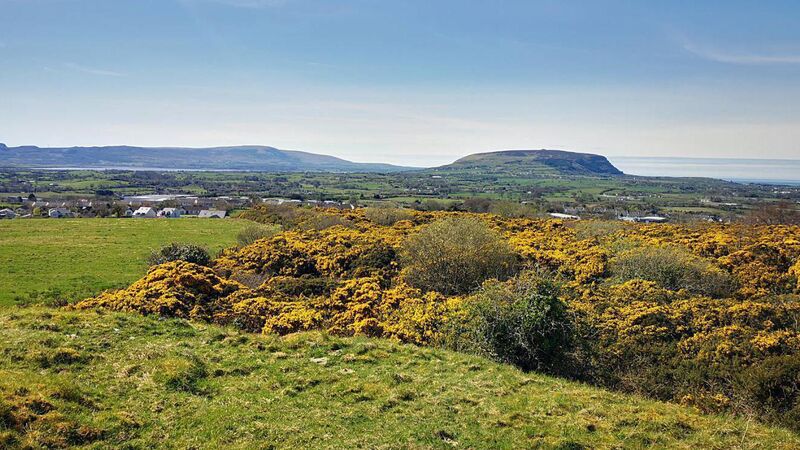Clodagh Finn: Bid to build near Neolithic tombs raises questions about our planning system

Cairns Hill in Co Sligo is a candidate for Unesco World Heritage status, akin to Skellig Michael in Co Kerry. Picture: Sligo Neolithic Landscapes
How ironic to hear of the reopening of one Irish Unesco World Heritage site, on the very same day that councillors in Sligo voted to build near another site considered worthy of inclusion on the list of places of outstanding universal value.
Just as the magnificent Skellig Michael, with its remarkable beehive monastic enclosure, reopened to visitors on Monday, 14 Sligo county councillors voted to overturn their own county development plan, to allow the building of a 74-unit housing estate on the slopes of Cairns Hill in Co Sligo.












